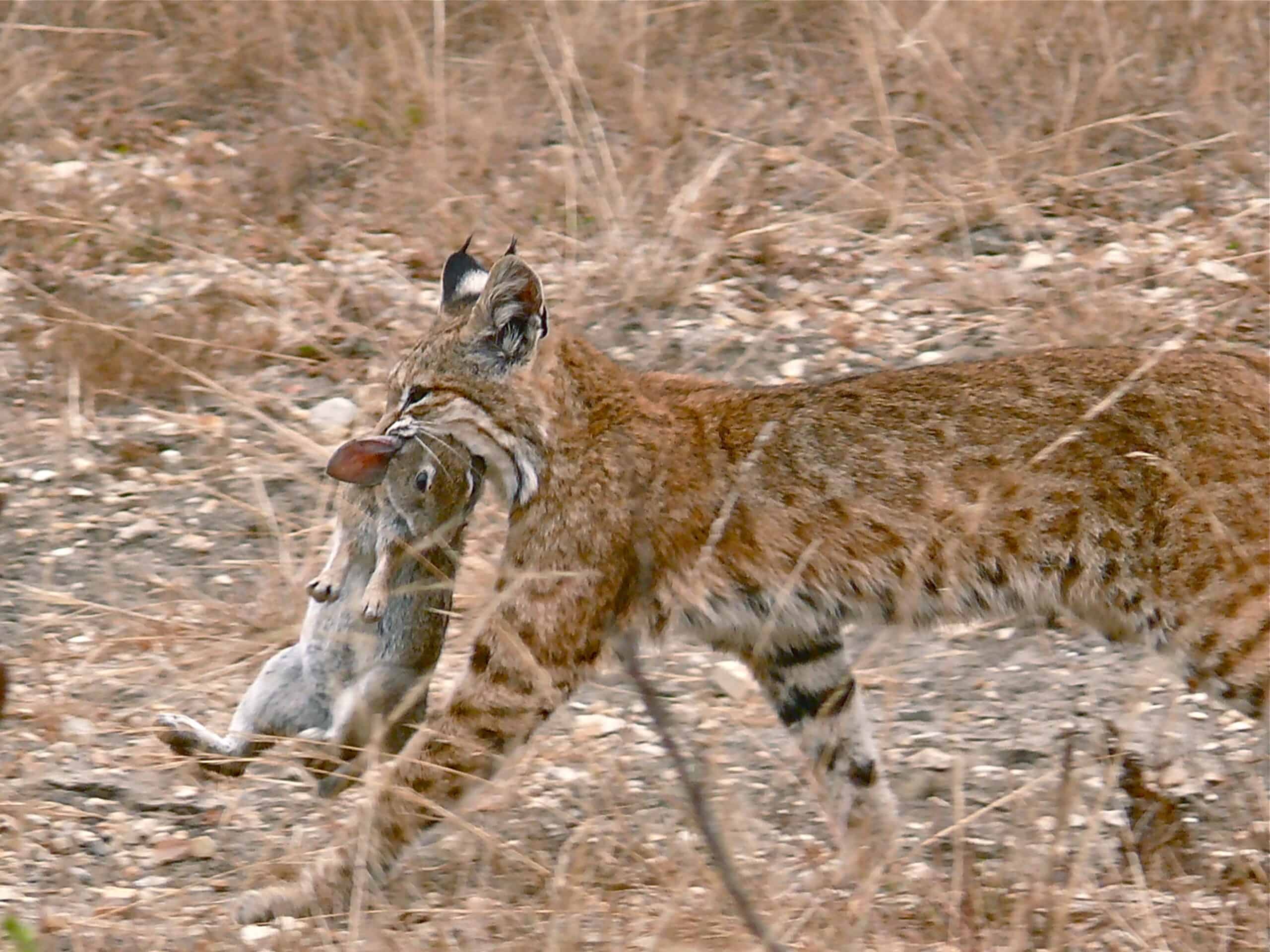Share this article
TWS Position Statement: Animal Rights Philosophy and Wildlife Conservation
Back to Position Statements page
The Wildlife Society (TWS) regards science as the framework necessary to understand the natural world and supports the use of science to develop rational and effective methods of wildlife and habitat management and conservation, as one of the pillars of the North American Model of Wildlife Conservation. The Wildlife Society recognizes the intrinsic value of wildlife, the importance of wildlife to humanity, and views wildlife and people as interrelated components of an ecological-cultural-economic complex. The Wildlife Society supports regulated hunting, trapping, and fishing, and the right of people to pursue either consumptive or non-consumptive use of wildlife. The Wildlife Society is concerned that foundational elements of the animal rights philosophy contradict the principles that have led to the recognized successes of wildlife management in North America. Selective or broad application of elements of animal rights philosophy to contemporary issues of wildlife management promotes false choices regarding potential human-wildlife relationships and false expectations for wildlife population management, and erodes the confidence in decades of knowledge gained through scientific exploration of wildlife and their habitats.
Although a range of individual philosophies exists within the realm of “animal rights,” most adherents to such philosophies hold similar foundational beliefs, including that (1) each individual animal should be afforded the same basic rights as humans, (2) every animal should live free from human-induced pain and suffering, (3) animals should not be exploited for any human purposes, and (4) every individual animal has equal status regardless of commonality or rarity, or whether or not the species is native, exotic, invasive, or feral.
Animal welfare philosophy, such as that endorsed by TWS, focuses on quality of life for a population or species of animals. It does not preclude management of animal populations or use of animals for food or other cultural uses, as long as the loss of life is justified, sustainable, and achieved through humane methods. In contrast, the animal rights view holds that it is wrong to take a sentient animal’s life or cause it to suffer for virtually any reason, even to conserve species or ecosystems or to promote human welfare and safety. According to animal rights philosophy, animals should be given all of the same moral considerations and legal protection as humans. However, animal rights adherents have not come to consensus with regard to which species are sentient enough to qualify for these protections.
The animal rights focused emphasis on individual animals fails to recognize the inter-relatedness of wildlife communities within functioning ecosystems and holds that protecting individual animals is more important than conserving populations, species, or ecosystems. For example, conservationists may value the protection of an individual of an endangered species more than the existence of an individual of a common species, but for animal rights advocates these individuals are viewed as equally valuable and deserving of equal protection.
The animal rights viewpoint is silent on the massive land use alterations that would be necessary to feed the human population in the absence of consumptive use of animals and the dramatic and continued loss of wildlife that would entail as habitats are converted to and maintained in intensive agriculture. Further, the animal rights viewpoint has no room for the use of animals in scientific and medical research, whether designed to benefit humans or animals. Curtailment of these uses will inhibit wildlife science and conservation and a whole range of human endeavor and progress.
The conflict between many tenets of animal rights philosophy and wildlife management and conservation philosophy is profound. Established principles and techniques of wildlife population management, both lethal practices such as regulated hunting and trapping, and non-lethal techniques such as aversive conditioning or capture and marking for research purposes are dismissed in the animal rights viewpoint. The Public Trust Doctrine, the foundation of many laws protecting wildlife in the U.S., is based on the premise that wild animals are a public resource to be held in trust by the government for the benefit of all citizens. Animal rights advocates philosophically oppose this concept of wildlife as property held as a public trust resource, and further advocate affording legal rights to all animals. Taken literally, under the animal rights legal framework, there would be no existing legal basis for wildlife conservation and management. If the Public Trust Doctrine concept was voided, it would be difficult, if not impossible, for wildlife professionals to manage endangered species, overabundant, invasive, exotic, or ecologically detrimental animal populations, and to protect human health and safety. See TWS position statements on The North American Model of Wildlife Conservation and on Human Use of Wildlife for more details.
The policy of The Wildlife Society regarding animal rights philosophy is to:
1. Recognize that the philosophy of animal rights is incompatible with science-based conservation and management of wildlife.
2. Educate organizations and individuals about the need for scientific management of wildlife and habitats and about the practical problems relative to the conservation of wildlife and habitats, and to human society, with the animal rights philosophy.
3. Support an animal welfare philosophy, which holds that animals can be studied and managed through science-based methods and that human use of wildlife, including regulated hunting, trapping, and lethal control for the benefit of populations, species, and human society is acceptable, provided the practice is sustainable and individual animals are treated ethically and humanely.
Approved by Council November 2017.
Animal Rights Philosophy and Wildlife Conservation Position Statement pdf








